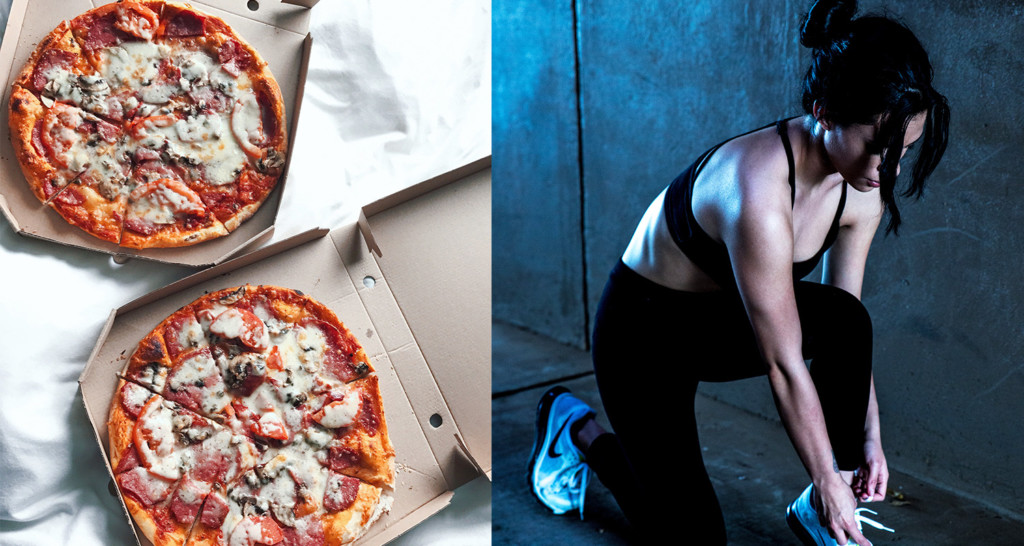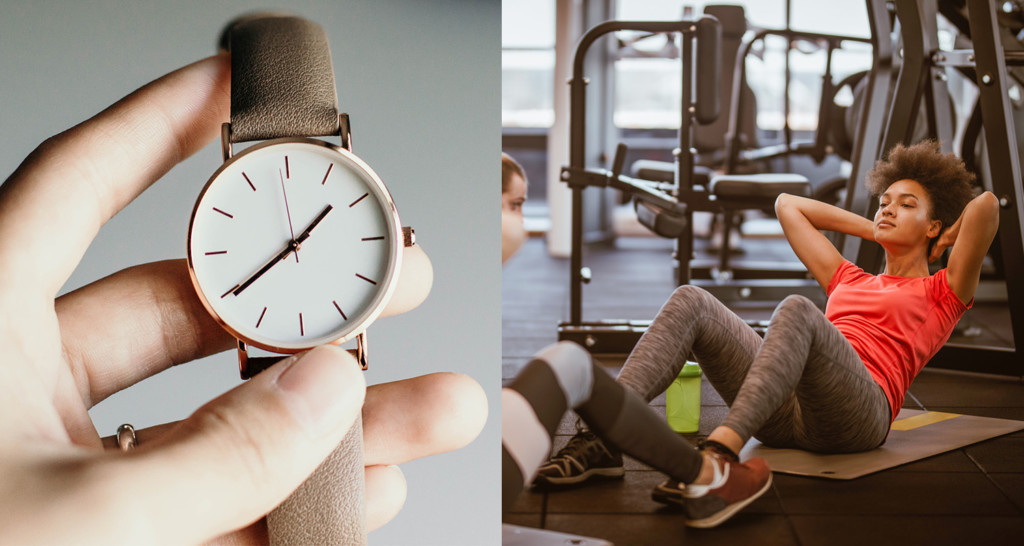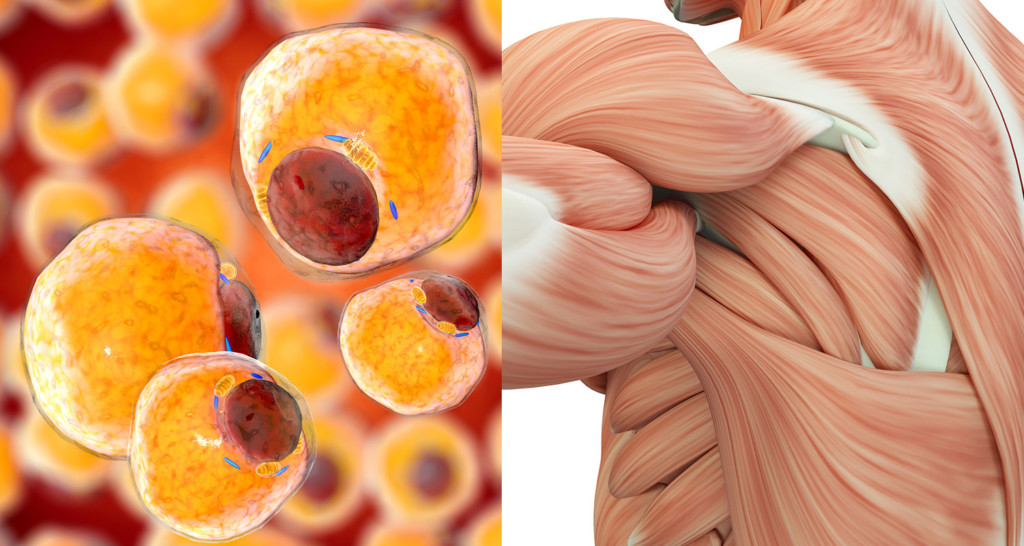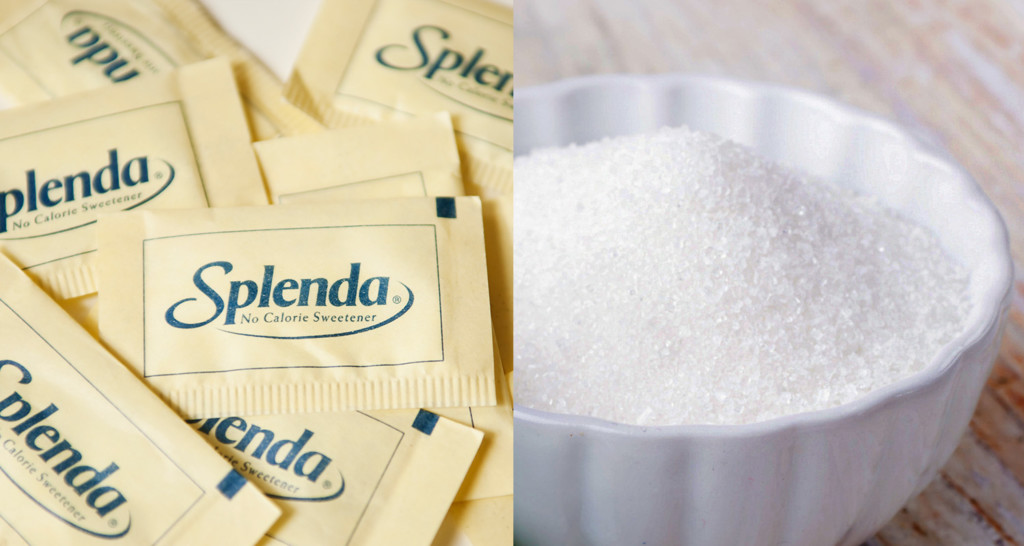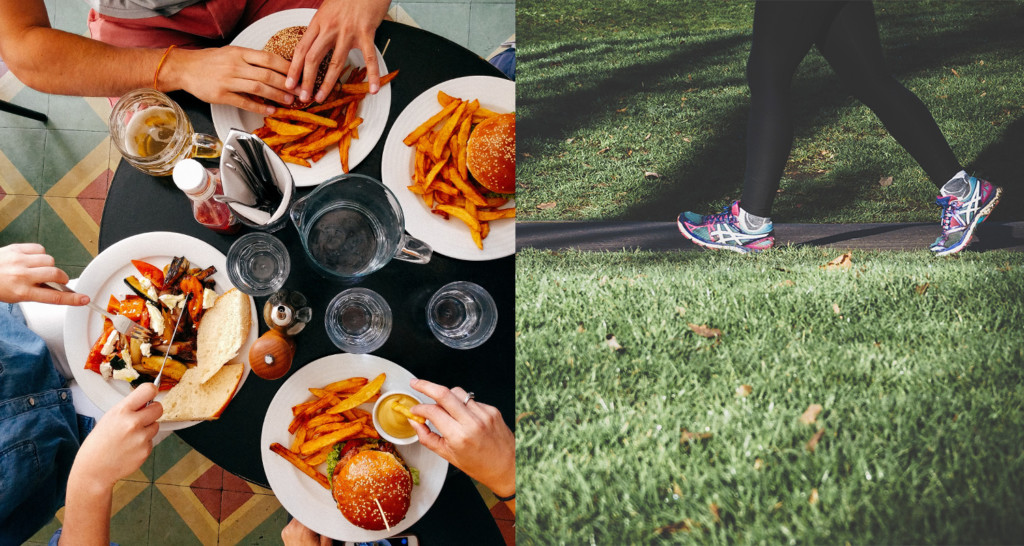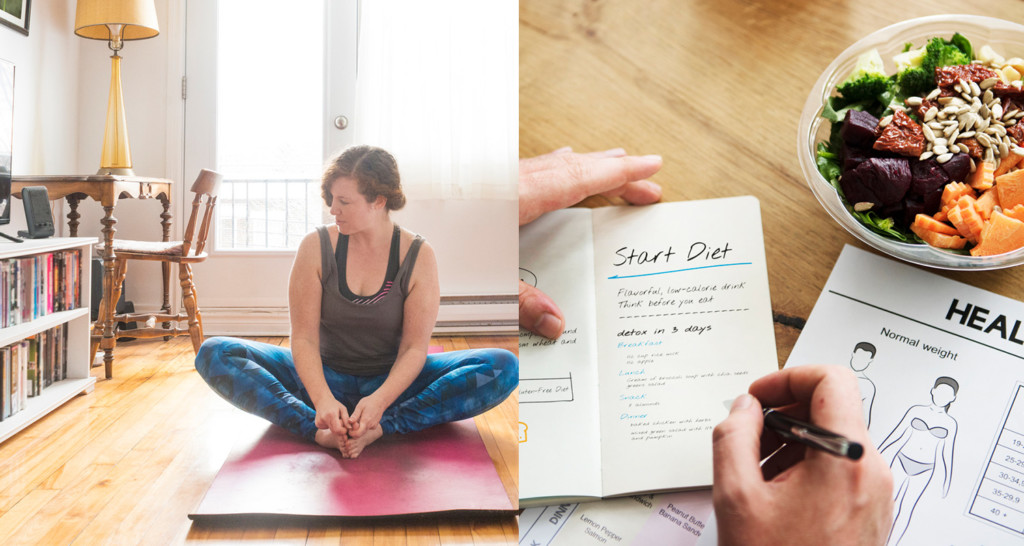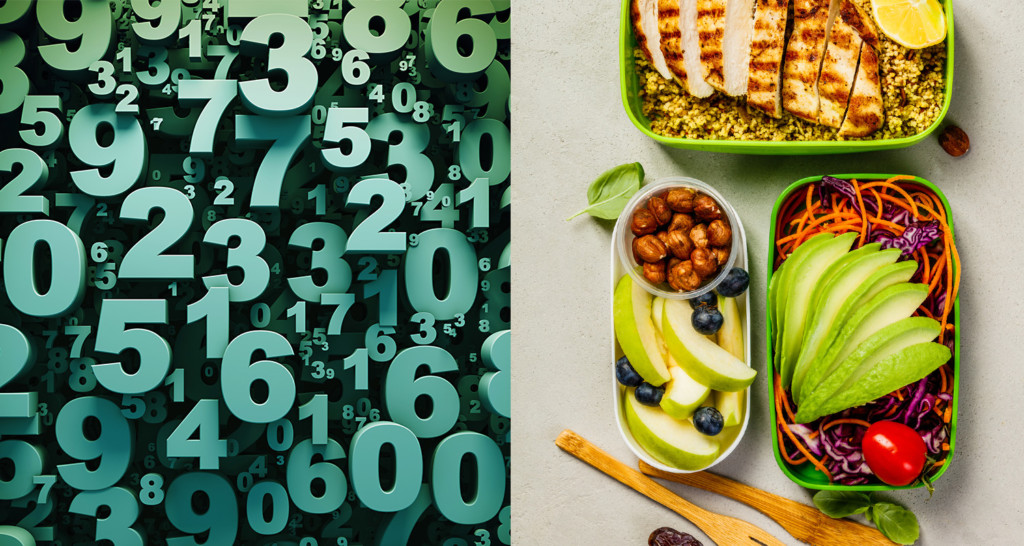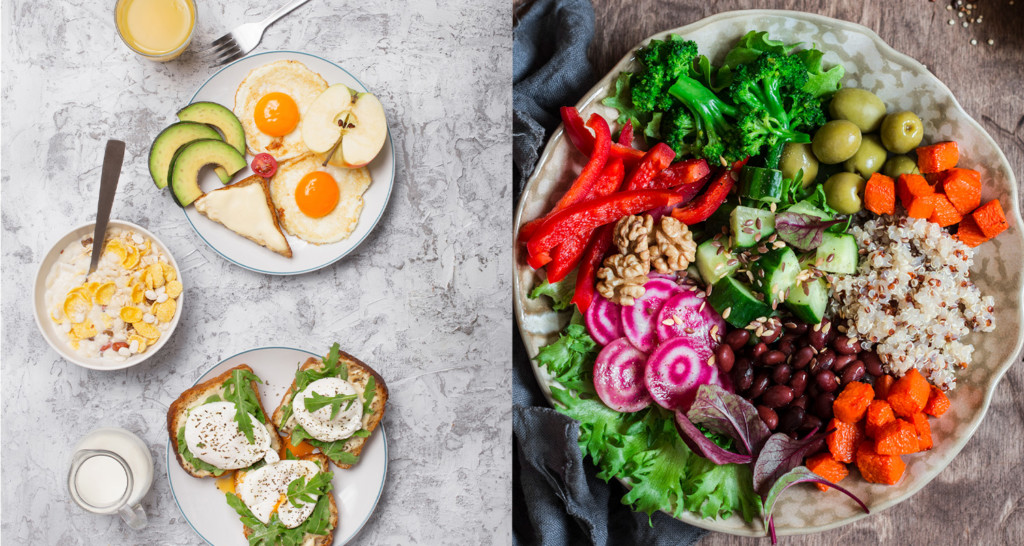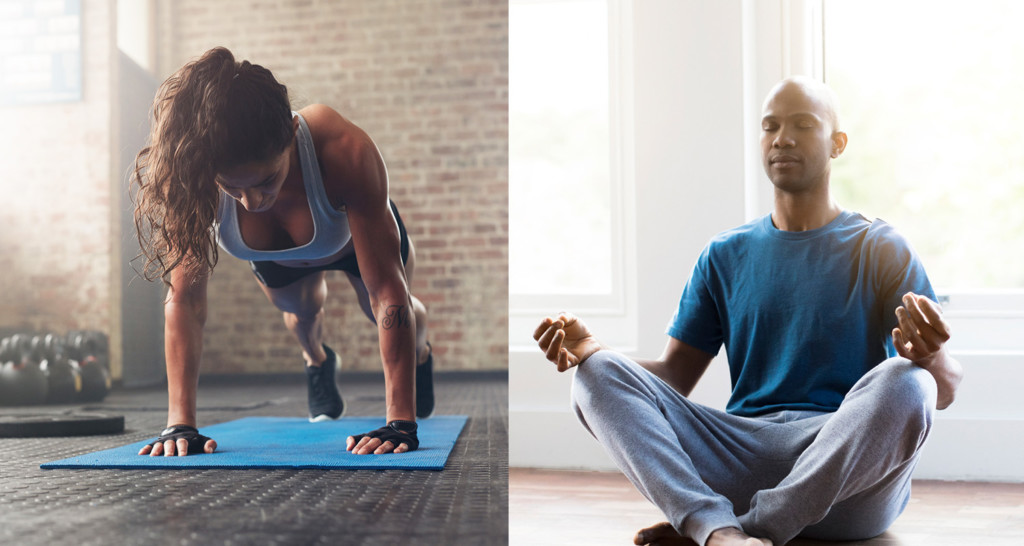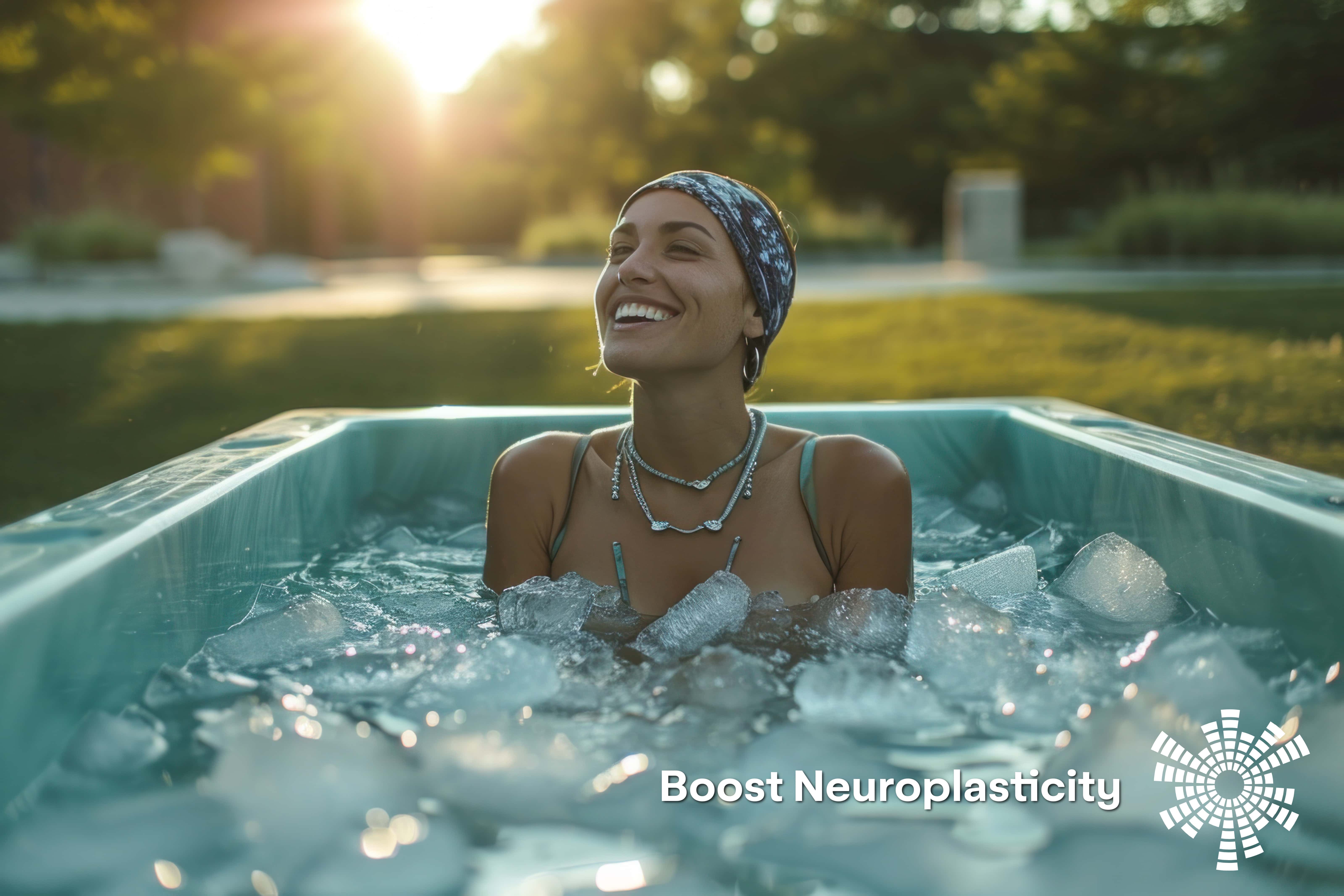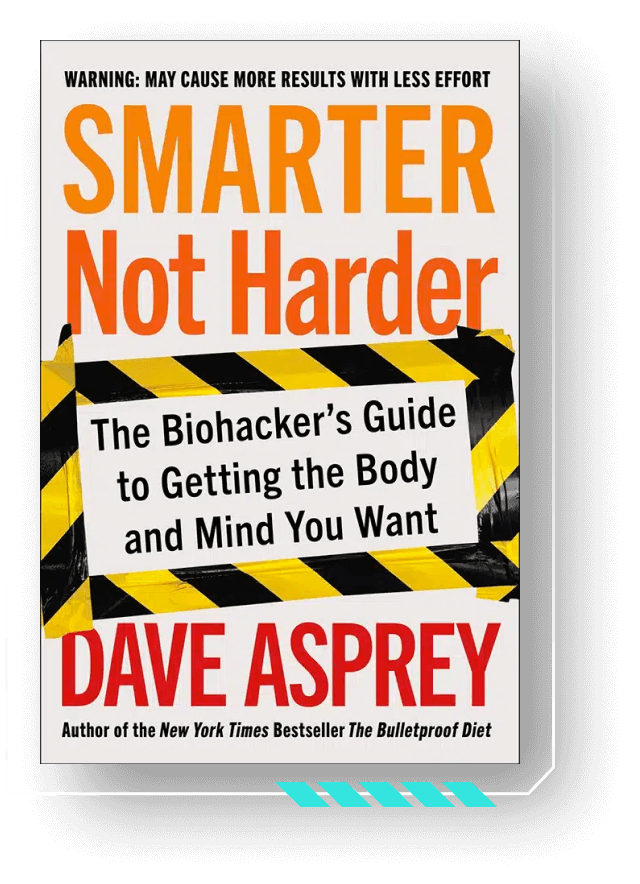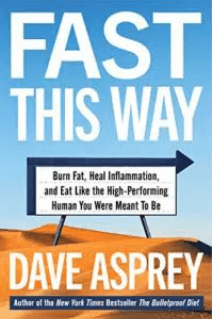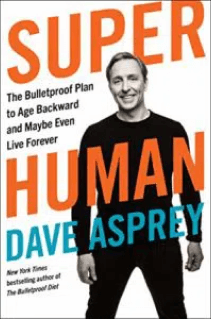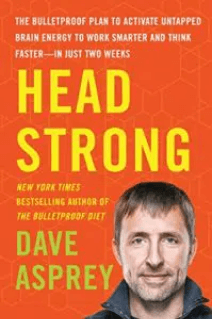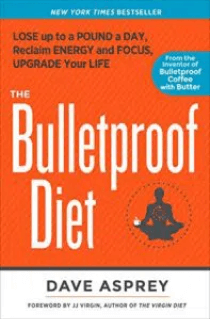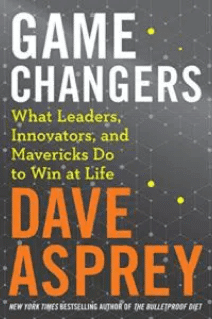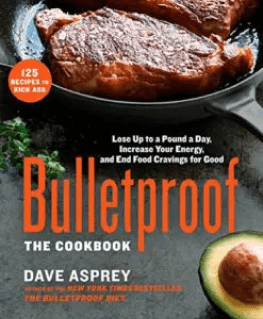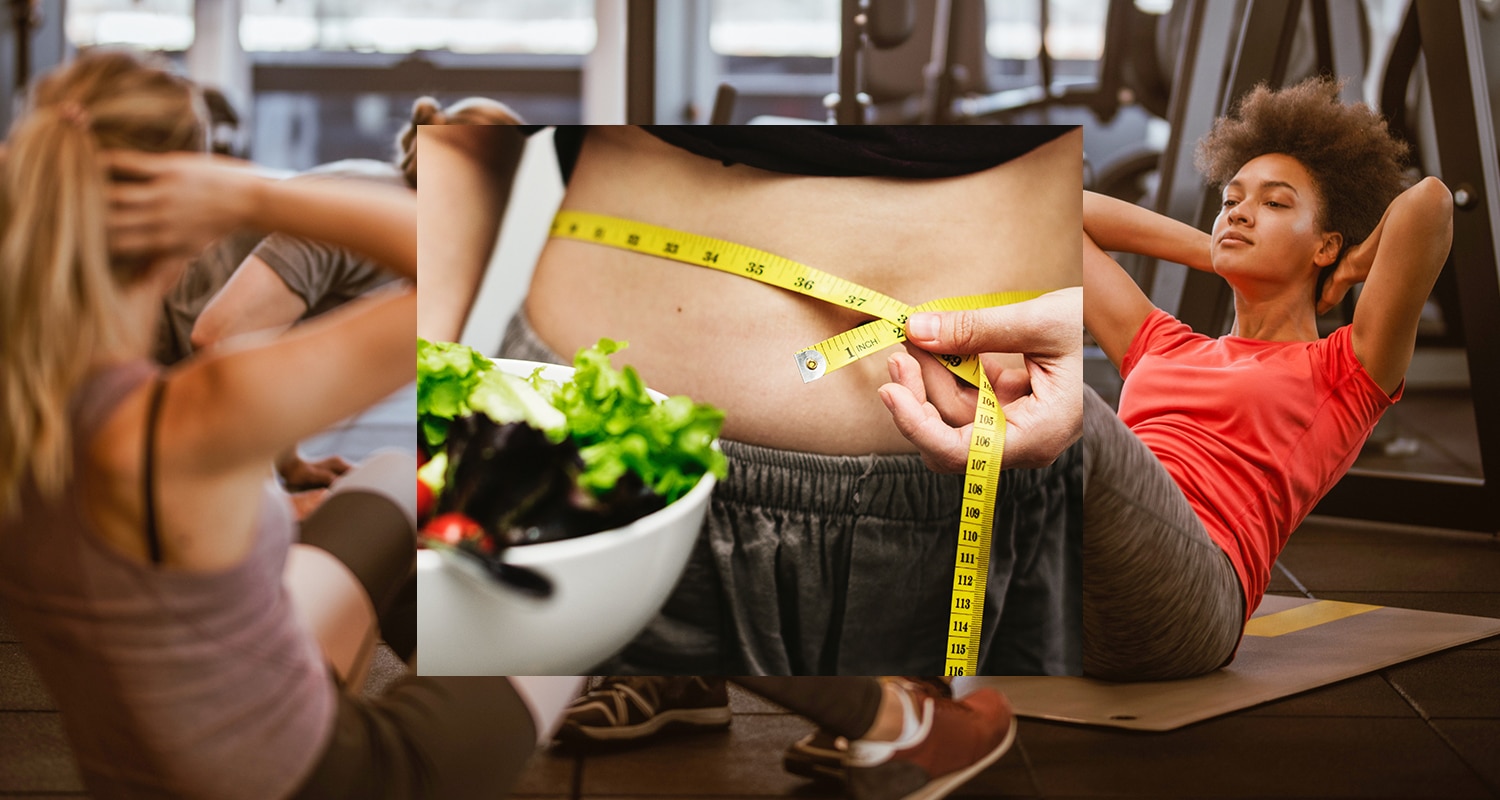
[tldr]
- Carbs are evil. Only work out in the morning. Fat turns into muscle. All of those fitness tips are totally false.
- New research squelches black-and-white thinking and reveals what you should really know about diet and exercise.
- Below, fitness experts and celebrity trainers weigh in on fitness tips about losing weight, counting calories, and hitting your long-term goals.
[/tldr]
What do all of these statements have in common?
- Morning workouts are the best workouts.
- If you want to lose weight, count your calories.
- Fat is evil. Carbs are also evil.
Answer: They’re totally bogus.
Google “fitness tips” and you’re bound to find 1 million falsehoods just like these. They’re based on old science and black-and-white thinking.
Below, certified personal trainers and fitness professionals weigh in on 13 fitness tips that are doing more harm than good.
You’ll also find out how you can create sustainable lifestyle changes that make you feel better than ever.
Ready to bust some myths and learn how to hit your fitness goals? Keep reading for fitness advice you can actually use.
13 fitness “tips” that you should abandon right now
1. There’s only one ideal time of day to work out.
Some studies say that morning workouts offer more benefits for heart health, metabolic function, and hormone response than afternoon workouts.[ref url=”https://www.scitechnol.com/2324-8602/2324-8602-1-109.pdf”] [ref url=”https://www.physiology.org/doi/abs/10.1152/jappl.2001.91.1.91″] If you’re intermittent fasting, working out in the morning can help you reap the extra fat-burning benefits of fasted exercise.[ref url=”https://www.cambridge.org/core/journals/british-journal-of-nutrition/article/breakfast-and-exercise-contingently-affect-postprandial-metabolism-and-energy-balance-in-physically-active-males/9DAC8DE59DEEF7926E81FF2BB2C5B7EB”]
So, should you only exercise in the morning? Nope.
Studies show that it’s not when you hit the gym that matters — what really matters is how consistent you are.[ref url=”https://www.ncbi.nlm.nih.gov/pubmed/22531613″] [ref url=”https://www.ncbi.nlm.nih.gov/pubmed/9526893″] According to Kyra Williams, NASM-certified online personal trainer and nutrition expert, “The best time to workout is the time it fits best into your schedule.”
In fact, you can reap more benefits when you work out based on your biological clock. According to Dr. Michael Breus, clinical psychologist and sleep expert, your body’s natural circadian rhythms translate into four “chronotypes,” or behaviors that define early risers and night owls. If you thrive in the morning, you should go for a run in the evening — and if you’re a night owl who wants to relax before bed, you’ll benefit the most from evening yoga.[ref url=”https://medium.com/@thesleepdoctor/there-is-a-best-time-to-exercise-for-health-and-performance-c7af7aa079bd”]
You can read more about the importance of finding your chronotype in “Game Changers,” Bulletproof Founder Dave Asprey’s new book, and listen to their conversation on this episode of the Bulletproof Radio podcast.
So, If you’re not a morning person, it’s not because you’re lazy — it’s just your biology. (Just don’t exercise within 2 hours of bedtime — that will mess with your sleep quality.)
2. You can’t lose weight without exercise.
You hit the gym 2 – 3 times per week, but the scale isn’t budging. What gives? Exercise benefits your entire body, but it’s not the only way to cut back on pounds. Your diet is more important.
You can’t outrun the effects of inflammatory foods like refined carbohydrates and sugar. If you’re eating pizza every night and starting your mornings with a bagel and fruit juice, it’s going to change your body composition — no matter how hard you hit the treadmill. Learn more about how to lose weight based on your body type.
Food can impact your weight in more insidious ways, too. Studies also show that resisting temptation all day can lead to willpower fatigue, which means you’re more likely to make unhealthy decisions[ref url=”https://www.apa.org/helpcenter/willpower.aspx”] — like bingeing on a tray of cookies after a day of eating lettuce greens.
If you feel excessively restricted on your diet, it’s time to change the game. Your food should make you feel satisfied, nourished, and content. That’s why the Bulletproof Diet is filled with nutrient-dense foods that make you feel great and taste delicious, like grass-fed steak and rich, decadent coffee.
This isn’t to say you should forget about the gym. Exercise fills in the gaps in your diet and builds muscle, which boosts your brain health and cellular function.[ref url=”https://www.sciencedirect.com/science/article/pii/S2095254614001161″] [ref url=”https://www.ncbi.nlm.nih.gov/pmc/articles/PMC1540458/”] But if you’re exercising to lose weight, remember: Abs aren’t built in the gym — they’re built in the kitchen.
3. The longer your gym session, the fitter you are.
You don’t have to clock in hours at the gym to be lean, strong, and fit. Science says you can even get results from a 13-minute workout, as long as it’s intense and takes your muscles to exhaustion.
The duration of your workout isn’t as important as the quality of your sweat session. High-intensity interval training (HIIT) is one of the most impactful ways to work your entire body, build muscle, and improve your cardio. Learn more about the benefits of HIIT.
You can also make your gym sessions more by following a fitness plan. According to Lacey Stone, celebrity trainer and health and wellness expert, “If you don’t have a plan, you are lost. You can’t make your goals happen if you are all over the place.”
Download The Bulletproof Exercise Roadmap now
For individualized guidance and accountability, Stone recommends working with an experienced fitness professional you trust. Just keep in mind that not all trainers are created equal.
You wouldn’t ask any old stranger to work on your car, right? You’d look them up ahead of time. The same attention to detail should apply to your body. Research your trainer to learn about their certifications, experience, and methodology, whether you’re following for a workout plan or taking a group fitness class.
4. Muscle turns into fat, and fat turns into muscle.
Nope. Muscle and fat are two separate tissues in your body. They don’t magically turn into each other, just like you can’t turn that donut into a salad.
“Muscle fibers simply get smaller if they are not used,” says Franklin Antoian, personal trainer and founder of iBodyFit.com. “Fat gets burned away as energy when you work out. Muscle is created by eating the right foods after a hard workout.”
What are the right foods? High-quality carbs to replenish your muscles and protein to stimulate muscular growth and repair. Learn more about the best pre- and post-workout meals to fuel your sweat session.
5. Lifting weights make you bulky.
Lifting weights is good for the body, regardless of your gender — and no, you won’t bulk up just because you hit the squat rack. Resistance training improves your mood, increases your metabolism, reduces insulin sensitivity, supports brain health, reduces pain, and burns fat.[ref url=”https://journals.lww.com/acsm-healthfitness/FullText/2015/07000/BUILD_MUSCLE,_IMPROVE_HEALTH___BENEFITS_ASSOCIATED.6.aspx”]
“If you’re not taking in massive amounts of protein, you’re not going to gain weight,” says Ramsey Bergeron, a certified personal trainer and owner of Bergeron Personal Training. “If you want to be the house, you have to eat the house.”
If you want to upgrade your performance in the gym, check out this list of workout supplements that actually work.
6. Artificial sweeteners are better than regular sugar.
You might think that diet soda is good for your waistline because it’s zero-calorie. But in reality, artificial sweeteners are just as bad as regular sugar because they’re carcinogenic, wreck your gut bacteria, and perpetuate your sugar addiction.
Instead, try these alternative sweeteners that are natural, well-studied, and just as sweet. And if you just can’t ditch that diet soda, try switching to sparkling mineral water. Learn more about soda replacements in this episode of the Bulletproof Radio podcast.
7. You have to change everything at once.
It’s great to feel passionate about a new diet or fitness class. But that doesn’t mean you have to completely reinvent yourself in order to hit your goals. That’s not sustainable, and it’s not realistic.
According to Stone, lasting change happens with consistent effort, whether that’s 100 percent effort or just 75. If you go all-out and try to completely reinvent yourself all at once, you risk burning out.
“It’s like getting a promotion at work and then stopping working. If you want to be a boss, you have to be the boss,” she says.
So, how do you make that change last? Bergeron recommends making three small changes and sticking with them for a while. Then, make three more.
That might mean cutting back on alcohol, taking a walk during your lunch break, and only eating out once a week. Then, once those changes become a habit, find new actions you can make that support your fitness goals.
Related: How to Declutter Your Life and Your Mind
8. You have to be fit to go to the gym.
This is a classic example of a self-fulfilling prophecy. You stand in your own way with this line of thinking. It’s like saying you have to be the CEO to go to work, or you have to be a Michelin-star chef to cook your own food. See how silly that sounds?
Bergeron has his clients come up with a personal rebuttal book to fight this circular logic. Here’s an example:
- I’m too tired to go to the gym. There are plenty of workouts you can do at home.
- I don’t have time to make dinner. It’ll take at least 30 minutes to go to a restaurant and wait for your food anyway. These easy keto dinners take 30 minutes or less to make.
- I’m not motivated to exercise. Follow a fitness plan so you know exactly what to do every day of the week. Work with a personal trainer who you trust and can hold you accountable. Or take a walk outside. Getting some movement (and sunshine!) is better than nothing at all.
“Stop making excuses about being busy,” Stone says. “Beyonce is pretty busy, too. And she’s got two kids. So shut up and do it.”
9. Calories in, calories out is the best way to lose weight.
Also known as the CICO diet, “calories in, calories out” is an old school of thought that says in order to lose weight, you need to eat fewer calories than you consume each day.
In reality, it’s not that simple. Calories are just numbers that define a unit of energy. They’re numbers. They don’t determine the way food makes you feel.
Your diet’s balance of carbs, fats, and proteins and the quality of your food matters more than the number of calories you consume. If you’re eating in a calorie deficit, but you feel like crap because you’re only eating kale and cayenne, you’re not giving your body the fuel it needs to keep your systems running at their peak.
Related: It’s NOT The Calories – Quality is What Counts
Case in point: In “The Bulletproof Diet,” Asprey consumed between 4,000 to 4,500 calories per day and didn’t exercise. According to CICO, he should have gained tons of body fat. Instead, he lost weight and developed a six-pack.
Why? His diet primarily consisted of healthy fats, organic vegetables, and high-quality proteins — without a diet shake in sight. He lost weight because his body switched to burning fat for fuel, and he eliminated inflammatory foods.
Bergeron doesn’t believe in CICO. He says it’s more important to know how different macronutrients affect your body and find the right balance for you. “That’s why I don’t advocate just ketogenic across the board,” he says. “If someone is doing a lot of activity and they need to use carbohydrates, that’s great. Take them in, but don’t overindulge in them.”
Learn more about how to find your ideal carb intake. To take a deep-dive into the idea that not all calories are created equal, read Asprey’s reply to Time magazine.
10. Carbs are evil.
Carbohydrates have a bad rap. They play an important role in your body: they provide your body with glucose, which is your main energy source when your body isn’t burning fat for fuel.
Most people perform better with some carbs in their system, which is why the Bulletproof Diet advocates carb cycling. The thing is, not all carbs are the same. A plate of broccoli will give your body more fiber and nutrients than a few slices of refined white bread.
“You have to look at your net carbohydrates, which ultimately is your effect on the blood sugar. Fibrous carbs are good for you — anything else depends on your activity level,” Bergeron says. Learn more about how to calculate net carbs.
11. It’s better to eat small meals throughout the day.
Science flips back and forth on this fitness tip. Some research supports the idea that you should eat six or more meals per day.[ref url=”https://jandonline.org/article/S2212-2672(14)01764-X/abstract”] Other studies say that eating more than three times per day will wreck your waistline.[ref url=”https://www.ncbi.nlm.nih.gov/pubmed/28701389″]
Everyone is wired differently, and the amount of food you eat is super subjective. It all depends on a mix of factors like your genes, your energy levels, and what you’re putting in your mouth.
To find out what works for you, start by cutting out the stuff that spikes your blood sugar and makes you hungry in an hour. That means refined carbohydrates and sugar. (Learn more about insulin spikes in this episode of the Bulletproof Radio podcast.)
Related: OMAD: Should You Do the One Meal a Day Diet?
You’re going to feel hungry again if your “small meal” is a sad salad with a few lettuce leaves and celery sticks. But if you fill your plate with nutrient-rich vegetables, high-quality protein, and plenty of tasty fats, you’ll feel satisfied and full. Check out this list of keto lunch recipes for tasty inspo like steak Cobb salad, keto low-carb chili, and chicken fajita lettuce wraps.
There’s also lot of benefits to intermittent fasting, a type of diet where you eat within a specific timeframe. “Your body can’t store calories and burn them at the same time,” says Bergeron, who keeps his feeding window between 8 to 12 hours a day. “If you’re just eating all day, you’re never really in a burning state.”
Biohackers use different styles of intermittent fasting to enhance mitochondrial health, lower blood sugar levels, and promote autophagy — the process your body uses to clean up damaged cells and toxins. Try it for yourself and see how you feel.
12. X type of workout is better than Y.
It’s tempting to think that one type of workout will completely transform your body. In reality, it’s not that easy.
“Different workouts have different methodologies and different objectives,” Bergeron says. “Until you’ve tried one, you don’t really know what its effect will have on your physiology.” That’s why it’s valuable to try different styles of exercise to find what makes you feel motivated, challenged, and happy.
HIIT has tons of benefits, but you don’t have to do it at the gym. Take a boxing class. Run a few sprint sets with your friend. Take a dance class. Look for workouts that get your heart rate up and incorporate periods of intense activity with periods of rest.
Don’t dismiss low-impact workouts like meditative yoga and walking, either. These workouts have their own specific benefits, like reducing stress levels and building stronger joints. They can absolutely benefit your long-term fitness goals — and it’s fun to try new things.
“Find something that motivates you to really challenge yourself and push to do something out of this world,” Bergeron says.
13. This diet doesn’t work.
You tell your friends you’re swearing off bread. You purge your house of every tempting candy bar. You start drinking water by the gallon. But the scale doesn’t budge because dieting doesn’t work — right?
“You didn’t gain 40 pounds overnight,” Bergeron says. “Think about how long your fitness level has been where it’s at and how long it took you to get there.” Instead of feeling disappointed because you aren’t getting quick results, focus on the smeller steps you’re taking to reach your long-term goal.
Related: Gained Weight on the Paleo Diet? Here’s What Went Wrong
And remember that you can measure progress in ways beyond the scale, too. If you wake up feeling energized, refreshed, and focused, you’re doing something right.
Conversely, if you’re unhappy and feeling restricted, it’s time to hack your diet. Increase your carb intake, try new ingredients, or try intermittent fasting and see how you feel.
There’s also a chance something in your body is out of whack. Check out these medical tests you can get from your doctor to get a bird’s eye view of your gut health, hormone levels, and other important variables for weight loss.
And if you’re craving something “off-limits,” be kind to yourself. It’s almost impossible to stick to your diet 24/7, especially around the holidays. Just get back to your normal way of eating as soon as possible, don’t punish yourself, and pay attention the way those “off-limits” foods make you feel.
Want to bust even more myths? Check out the real science behind the top 10 claims from What the Health. Ready to upgrade your life in 30 days? Check out the Bulletproof 30-Day Upgrade printable.

